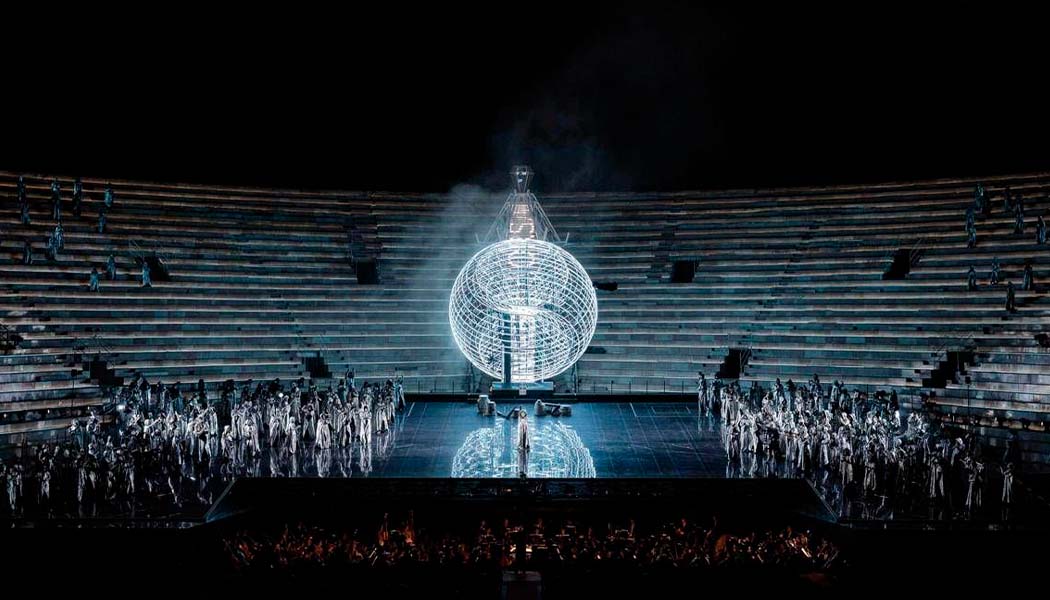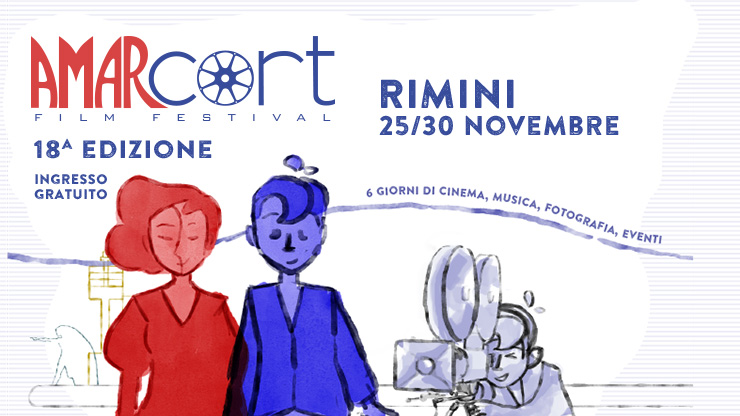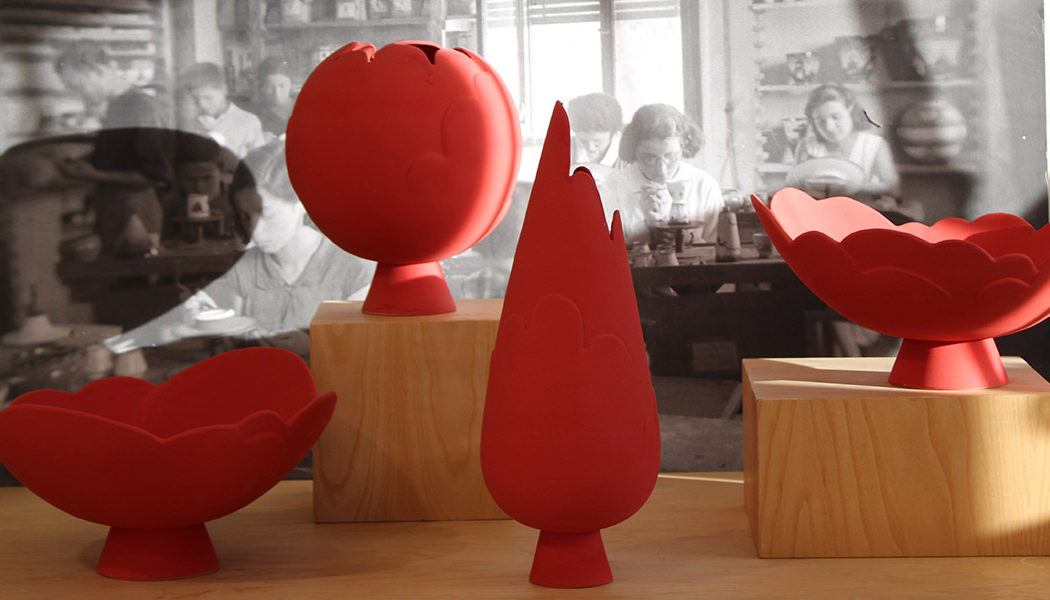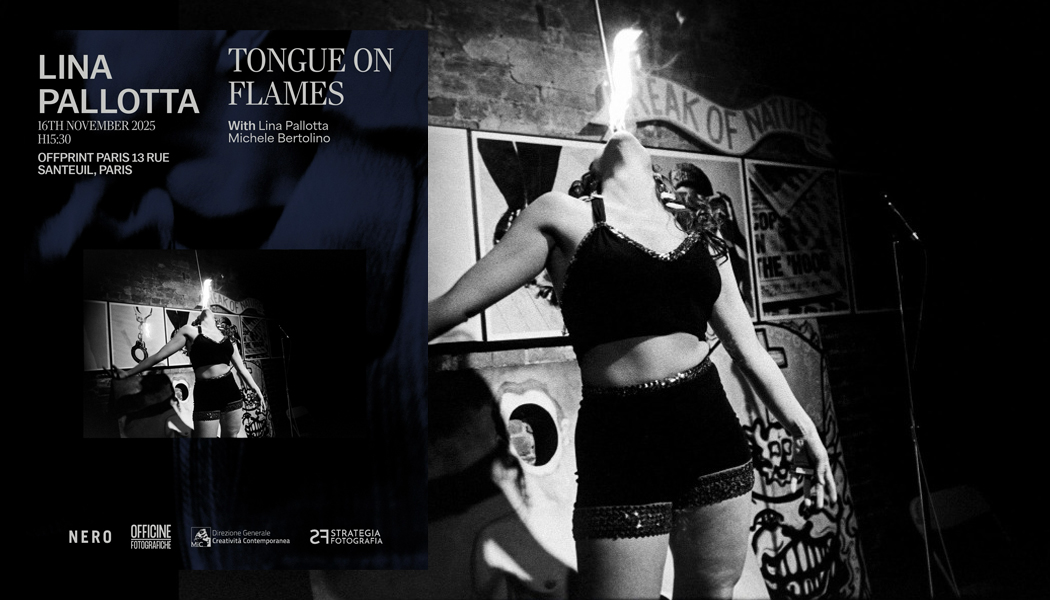On Wednesday 11 June, a group of students from the RUFA School of Set Design had the extraordinary opportunity to attend the dress rehearsal of Nabucco by Giuseppe Verdi, staged at the Arena di Verona.
The invitation came directly from the renowned director, set designer, costume designer, choreographer and light designer Stefano Poda and from the Artistic Direction of the Arena di Verona, ahead of the official debut of the opera, which premiered on 13 June as the opening performance of the 2025 Arena season.
The students, accompanied by professor Christian Angeli, who teaches History of Performing Arts, had the chance to immerse themselves in the deeply symbolic and creative vision of a true master of the international stage, witnessing up close the complexity of a high-level operatic production.
A timeless work between relevance and metaphor
Nabucco, the choral drama that marked Verdi’s success in 1842, tells the story of a conflict between peoples and the fall and redemption of a tyrant, ultimately opening up to peace and hope.
In Stefano Poda’s interpretation, the opera becomes a powerful contemporary narrative, where lighting, costumes and set design take on symbolic and universal meaning: war is portrayed as an inner struggle between pride and conscience, destruction and rebirth.
This vision unfolds visually through multiple warlike suggestions – from postmodern sabres to an atomic missile – never anchored to a specific historical period, creating a suspended narrative that speaks to every era and every humanity.
Dominating the stage is a giant hourglass, symbol of “Vanitas”, seemingly ready to shatter and release life from the constraints of time and mortality.
In a powerful and ambivalent finale, an “atomic explosion” evokes both the disasters of Hiroshima and Nagasaki and the generative energy of the Big Bang: a strongly symbolic image that invites reflection on humankind’s self-destructive instinct, but also on the deep desire for rebirth.
Conducting the Arena orchestra was maestro Pinchas Steinberg, leading an evening that offered our students an immersive, engaging and inspiring experience.
A highly valuable learning opportunity, allowing students to closely observe the work of a visionary and multidisciplinary artist like Stefano Poda, and to reflect on set design as a complex and interdisciplinary language capable of generating meaning and deeply engaging the audience.






